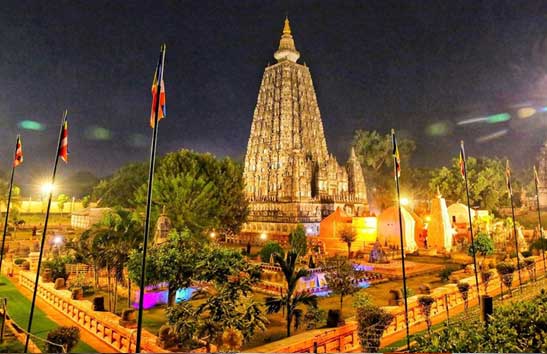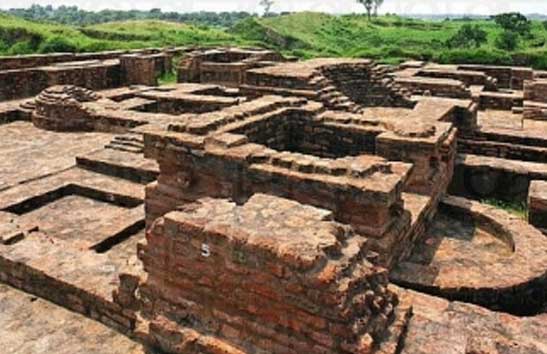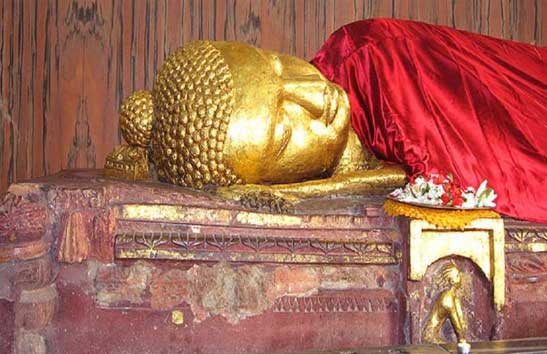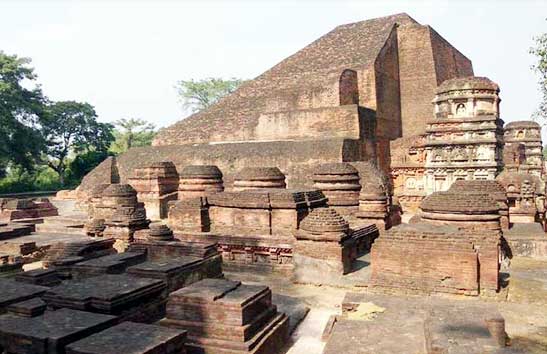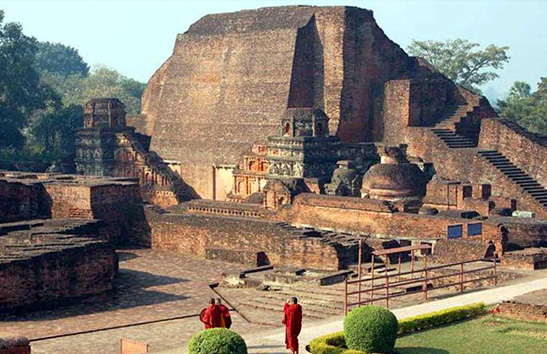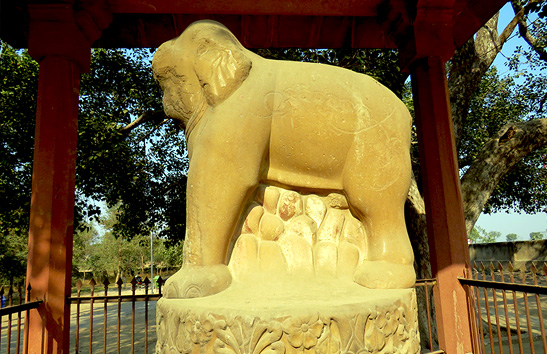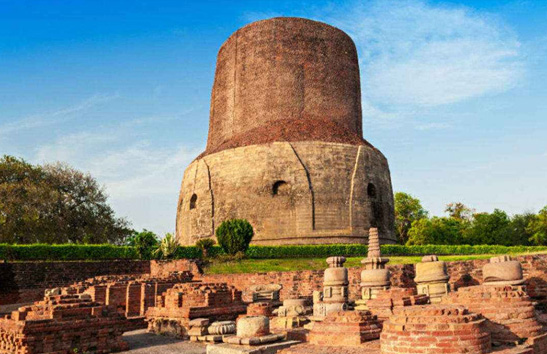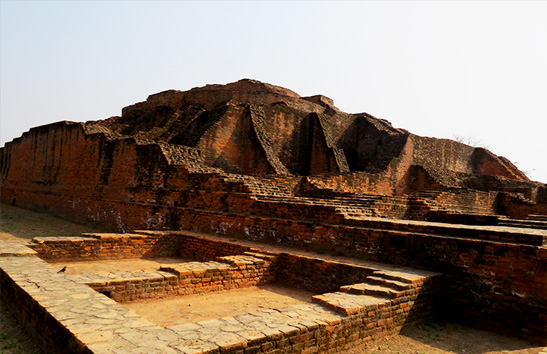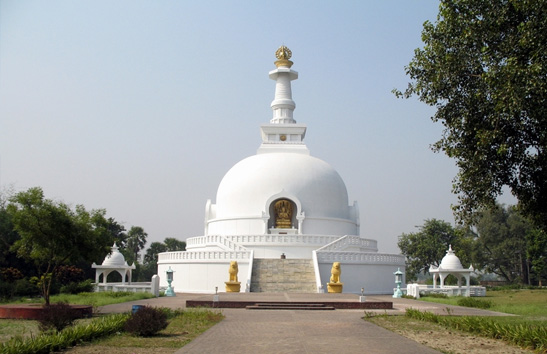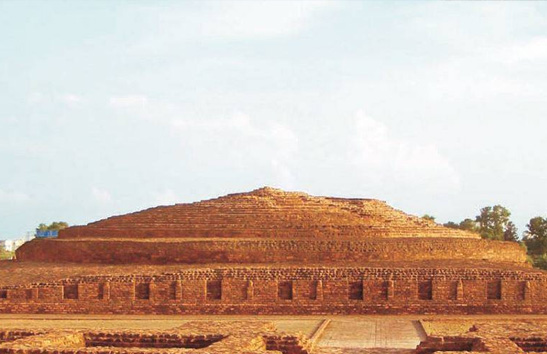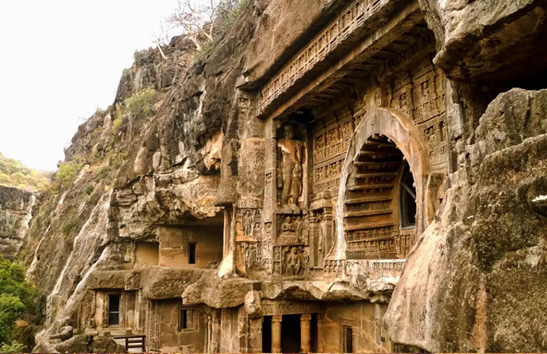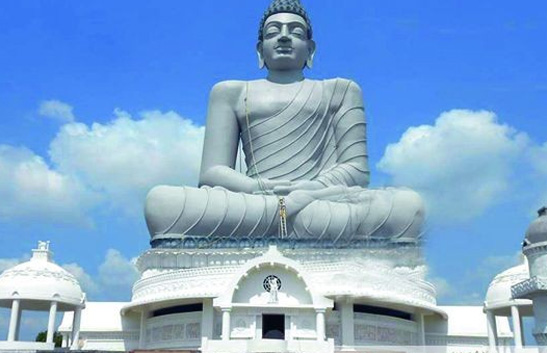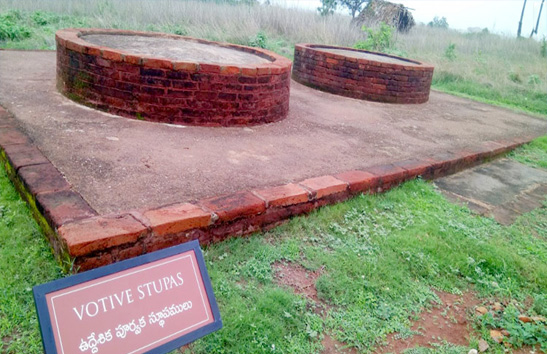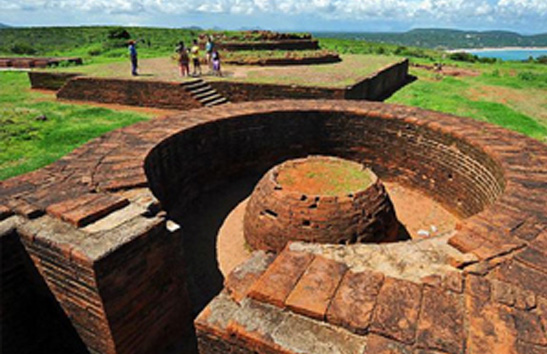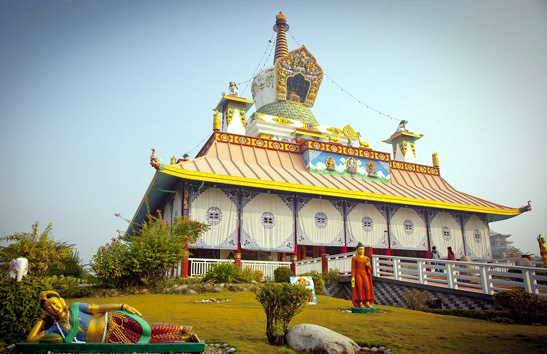Kye Monastery (Kye Gompa)
It is hardly surprising then that the whole of Spiti is known as Little Tibet
- Country : India
- State : Himachal Pradesh
- Founder : Dromtön
- Affiliation : Tibetan Buddhism
- Location :Spiti Valley, Himachal Pradesh, Lahaul and Spiti district, India
- Best time to visit :June to September
- Famous For :God Lovers, Nature Lovers
- Type : Buddhist Monastery
Kye Monastery (Kye Gompa), Lahaul and Spiti Valley
Kye Monastery is a famous Tibetan Monastery in Lahaul and Spiti district of Himachal Pradesh and is located at an altitude of 4, 166 meters above sea level. This beautiful monastery is positioned on a picturesque hilltop and is very close to the Spiti River, in the Spiti Valley of Himachal Pradesh. It's hard to believe, but this spectacular monastery is at least a thousand year old and is the largest monastery in Spiti Valley. It was established in the 11th century and it still houses ancient Buddhist scrolls and paintings. A large number of Buddhist monks, nuns, and lamas live in this religious training center to receive their religious education here.
History
The magnificent Kye Gompa is said to have been founded by Dromton (Brom-ston, 1008-1064 CE), a pupil of the famous teacher, Atisha, in the 11th century. The monastery was frequently attacked by the Mongols and looted by various armies, followed by a devastating fire that broke open in the 1840s. In 1975 a violent earthquake caused further damage to the building. However, the repeated attacks did not steal the charm of this dazzling monastery and frequent renovation and reconstruction has helped it retain its beauty.
Once this monastery was a wonderful example of the monastic architecture that came into prominence during the 14th century because of Chinese influence. The walls of the monastery are decorated with beautiful paintings and murals, thangkas (a painted or embroidered Tibetan banner), valuable manuscripts, stucco images, and unique wind instruments. There is also a collection of weapons used as a defense to fight against the attackers.
How to Reach Key Monastery
The Key Monastery is located 14 km from Kaza which is the nearest bus station to the monastery. In order to reach the Key Monastery, you will have to reach Kaza whether you are coming from Manali or Shimla. Several buses are plying from both Manali and Shimla to Kaza which usually takes around 10 to 12 hours to reach Kaza.
Then from there, you will have to hire private cabs to reach the monastery which takes about 40 minutes. The climb to the monastery is quite steep and challenging.
Best Time to Visit Key Monastery
The best time to visit this beautiful monastery is from the mid of June to the beginning of September except monsoon month of August. During this time of the year the Himalayas receive heavy downpour which results in slippery roads and landslides. The climate is mostly chilly at Key Monastery due to its location at a high altitude, however, it is pleasant during these months.
If you are planning to visit from Manali then you will have to cross Rohtang Pass which opens by the second week of June and closes on the 15th of October because of heavy snowfall. It is also closed during monsoons as there are higher chances of landslides. The optimum time to explore the historic monastery is between June and October if you are taking the other route via Shimla and Kaza which is open throughout the year.
Highlights of Key Monastery
Other than its rich collection of ancient Buddhist books and murals, the Key Monastery is quite famous for its Cham Festival. Celebrated annually in June or July with much rigor and enthusiasm, it involves the Cham dancers followed by a grand procession by Lamas who dress up in vibrant attire and perform traditional dances. The masked dances are performed in the ritual ground situated below the monastery.
As a part of the celebration, a large butter sculpture of a demon is burnt to mark the triumph of good over evil. Devotees who come from neighboring villages to attend the festival lay on the ground and the Lamas then walk over them. Through this practice, the Lamas who are considered as deities, helped the pilgrims to get rid of any disease or if they are possessed by any spirit.
The head Lama chants the prayers and the spiritual leader addresses the crowd. While the monks play traditional music using unique wind instruments, the Lamas wearing red and blue masks deliver fascinating dance moves. These Cham dancers as they balance themselves on one leg invoke the deities with their elaborate dance forms.
What Not to Miss at Key Monastery
There are various places that are located around 100 km from Key Monastery.
1. Kibber Village :- Located around 1.6 km from Key Monastery, Kibber is the highest motorable village which is worth visiting. Situated amidst beautiful mountains and rugged landscapes, the village is quite famous for Kibber Wildlife Sanctuary and the local Kibber Monastery.
2. Spiti Valley :- Experience the lifestyle of the locals of Spiti Valley which is popularly known as Little Tibet. The main town of Spiti Valley is Kaza which is 14 km from Key Monastery. While entering Spiti from Lahaul, visitors get captivated by the Kunzum Pass and Chandratal Lake.
A paradise for trekkers and adventure seekers, Spiti offers many challenging and breathtaking treks through unexplored and dream-like routes, surrounded by picturesque mountains and landscapes.
3. Kunzum Pass :- A haven for photographers, the Kunzum Pass is one of the highest motorable mountain passes of India, located at an altitude of 4,551 meters. Witness the stunning 360-degree view of Bara-Shigri Glacier and a jaw-dropping view of the Spiti Valley from Kunzum Pass.
4. Chandratal Lake :- One of the most beautiful lakes in the mighty Himalayas, Chandratal Lake is a 15 km trek from Kunzum Pass. The crescent-shaped lake is every camper’s and trekker’s dream due to its pristine location and captivating views.
Book Now






